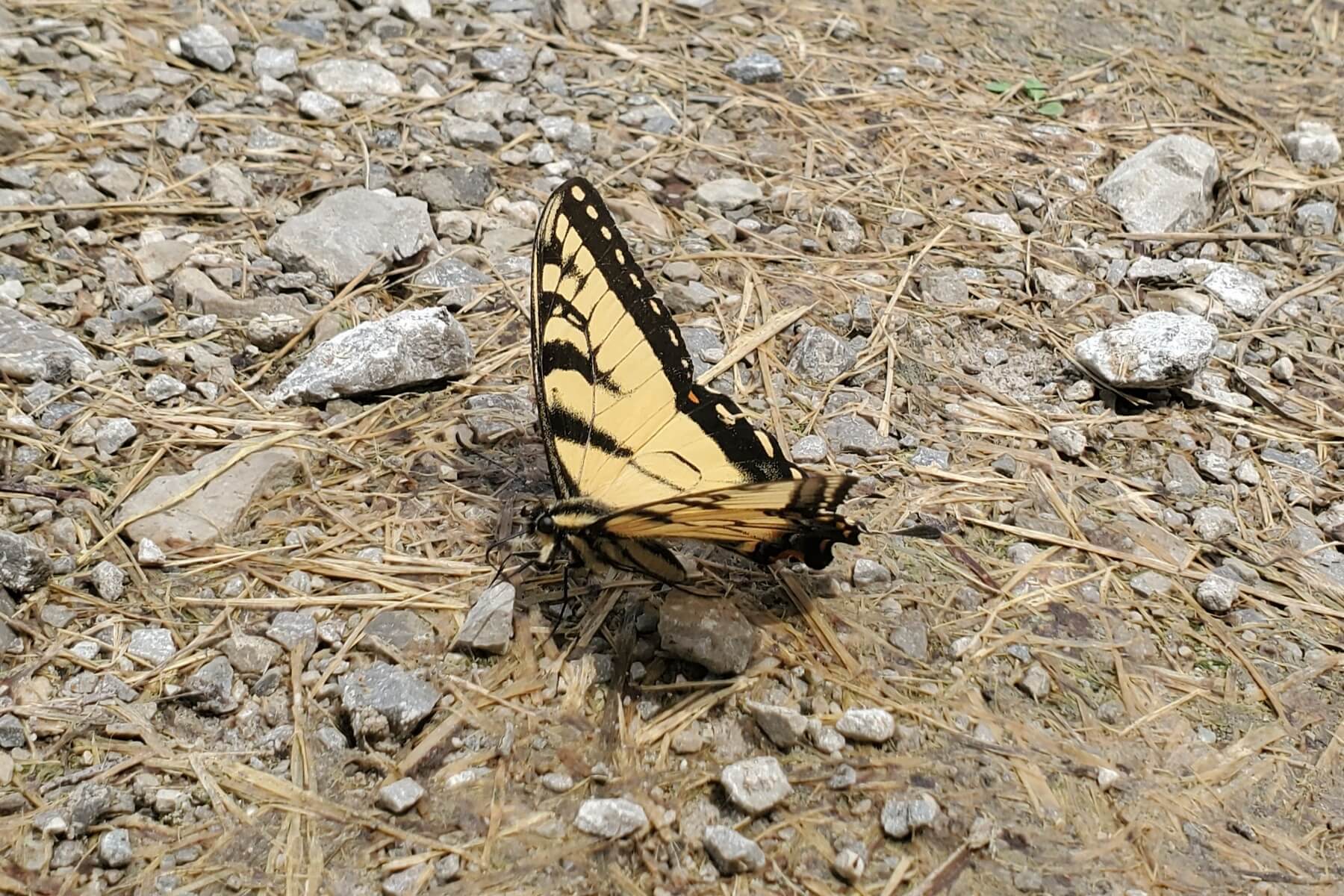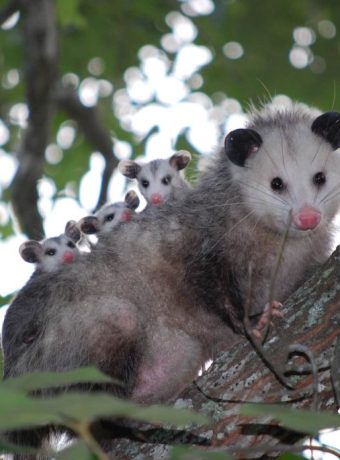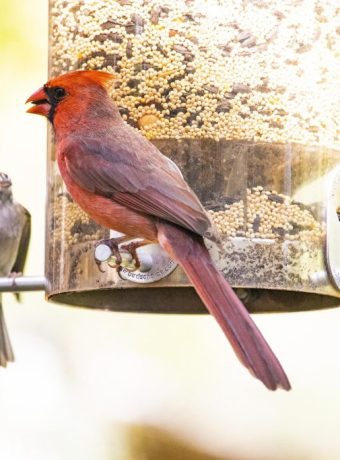Tiger Swallowtail Butterfly

The Tiger Swallowtail Butterfly (Papilla Glaucus) is one of the most, if not the most, common butterfly species you can find in Ohio.
Males are easily identifiable by their bright yellow wing color and four black bands located on the upper-center portions of their inner wings, occasionally having a few spots/flecks of blue alongside the black streaks around the outer-lower portions (hind wings). Males may also have spots of orange on a rare occasion.
Females have more blue on the lower portion of their hind wings, and even some orange spots with it. Females may also be found being almost entirely black with blue, yellow, and orange spots. This variation is known as the “Dark morph”. There’s another species of swallowtail called the “Spicebrush swallowtail” that looks quite similar to the dark morph of the Tiger Swallowtail. These both resemble a toxic species of butterfly known as the “Pipevine Swallowtail”. This could be a defense mechanism used by both butterflies to scare off predators who confuse it for the Pipevine.
I didn’t get a very close look at the one in the image here before it flew off to the fields nearby, thus I cannot state whether the one I found is male or female.
Note: The Pipevine Swallowtail is only poisonous when consumed. It’s safe to handle these butterflies if you’re required to move one.
The adults obviously feed on nectar from most field and garden plants, but they seem to prefer plants like cherry and lilac plants. Given that information, these butterflies will lay their eggs on multiple different kinds of plants like wild cherries, ash, tuliptree, birch, cottonwood and more. The larvae (caterpillars) will feed off of the leaves of these trees, eventually building a nest of silk around the curled leaves of plants, forming a chrysalis for hibernation.
These butterflies can live in a multitude of habitats across the state. From deciduous forests to parks and suburbs, forest edges and river valleys, you’ve got a fairly high chance to find a Tiger Swallowtail Butterfly.
- Small, furry opossums - April 17, 2023
- The role of the humble earthworm in sustainable agriculture - December 16, 2022
- How to pet proof your home when decking the halls - October 17, 2022




